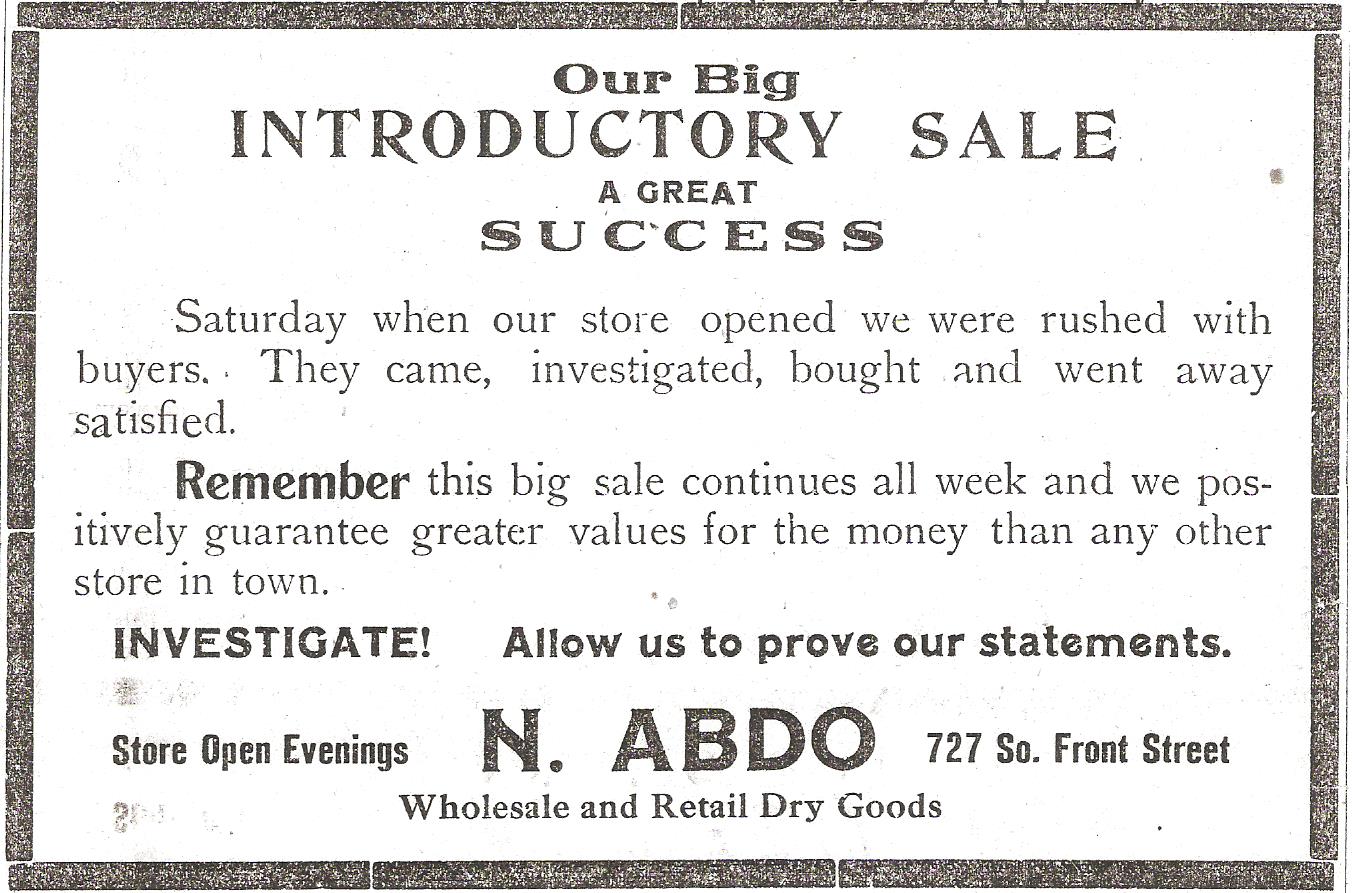 Prohibition, World War I, and nationwide advertising put an end to cigar making in Mankato, according to Joseph Bienapfl, cigar maker in the early 20th century. Prohibition closed the saloons where men would gather to smoke their cigars, he said, and when the soldiers returned from France after World War I, they were smoking cigarettes rather than cigars. Cigar smokers were also being influenced by advertising to buy nationally known brands rather than locally made.
Prohibition, World War I, and nationwide advertising put an end to cigar making in Mankato, according to Joseph Bienapfl, cigar maker in the early 20th century. Prohibition closed the saloons where men would gather to smoke their cigars, he said, and when the soldiers returned from France after World War I, they were smoking cigarettes rather than cigars. Cigar smokers were also being influenced by advertising to buy nationally known brands rather than locally made.
Minnesota was never considered a big cigar state. However, there were 116 factories in the state in 1885, and 288 in the early 1900s. Mankato contributed to the number, with the height of cigar making occurring in the first decade of the twentieth century. The small businesses, many located on Front Street, came and went; Schweitzer & Bros, Hample & Raihle, Geo. W. Achard’s Mankato Cigar Company among them. Several communities in the county also had factories for brief periods, Few employed more than five men, or “hands” as they were termed. A fast worker could make 300 cigars in a day.
The Free Press, in a 1906 article suggesting ways Mankato could grow, encouraged the establishment of more cigar-making factories. At the time, there were nine factories in Mankato, employing twenty people. Rochester had forty-six employed in the business, New Ulm sixty-four. If cigar smokers would buy locally, Mankato should be able to employ 100, estimated the Free Press writer, which would bring more people into the community. Because cigarmaker’s wages were good, more money would be added to the economy.
The earliest cigar maker in the county was CharlesSchildknecht. Beginning in 1866, he continued in business for over 50 years. He never employed more than four people. Desiring to make cigars of high quality rather than quantities, he never made cigars cheaper than ten cents.
H.R. (Herman Rudolph) Wiecking, who owned the Margarita Cigar Factory, began operation in 1882, remaining in business until 1907. He never employed more than two or three men, making three brands of cigars: the Margarita which sold for ten cents; the five-cent Great Oriental; and the five-cent Moss Rose. Cigars were sold from his shop on South Front Street, and also through a wholesaler who supplied other communities in the county. The Wiecking name may sound familiar to many in the community as his daughters, Anna and Emma Wiecking, were members of the faculty at Mankato State. The Wiecking Center presently on campus was named in their honor.
Joseph Bienapfl, who bemoaned the state of cigar making in 1906, started making cigars at the age of 15, working for H.R. Wiecking. He began as a “stripper-boy,” eventually working up to become foreman. Bienapfl began his own business in 1904, at the height of the cigar-making business in Mankato. He was still working in July of 1931 when the Free Press interviewed him and published his comments on the decline of the business. He had employed as many as six men. However, by the early 30’s he worked alone and often went weeks without any demand. Bienapfl continued in business for over thirty years at 526 North Front Street. He was also a member of the local fire department.
Charles Timmerman, who began business in 1895, was one of the larger manufacturers in the area. A 1904 advertisement reads “CHEAP CIGARS are usually bad cigars, our brands are – GOOD CIGARS though they are cheap enough for campaign purposes.” Timmerman sold his cigars throughout southwestern Minnesota. In 1919, when he bought the building at 694 North Front Street, planning to expand his business, he employed ten men, including salesmen, and hoped to grow to twenty.
William Raihle was the last cigar manufacturer listed in the City Directory. 1951 was the last year his name appeared. Manufacturing of cigars had ended in Blue Earth County.
By Hilda Parks


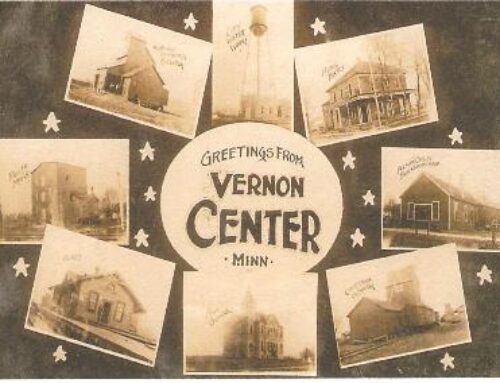
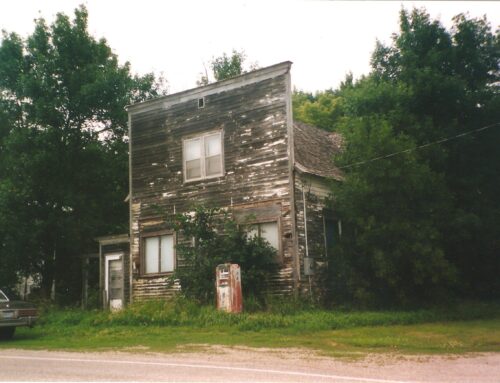
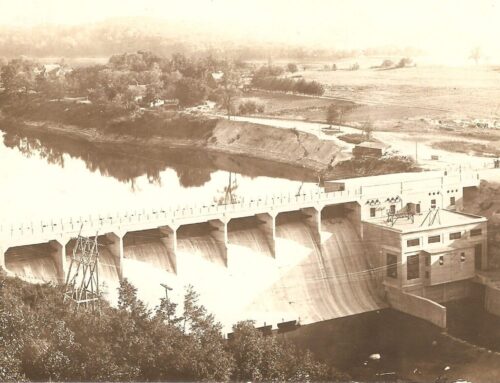
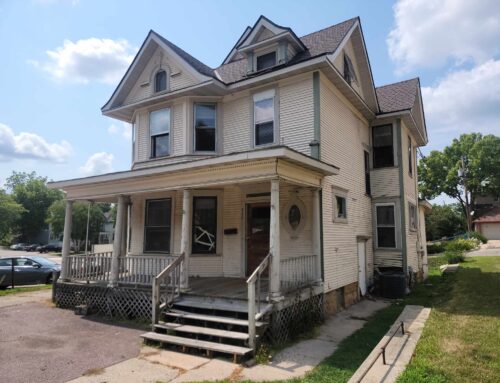
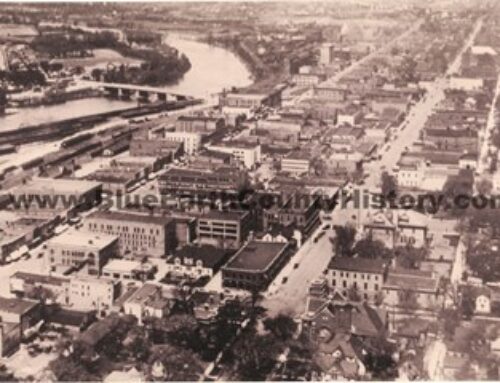
Leave A Comment